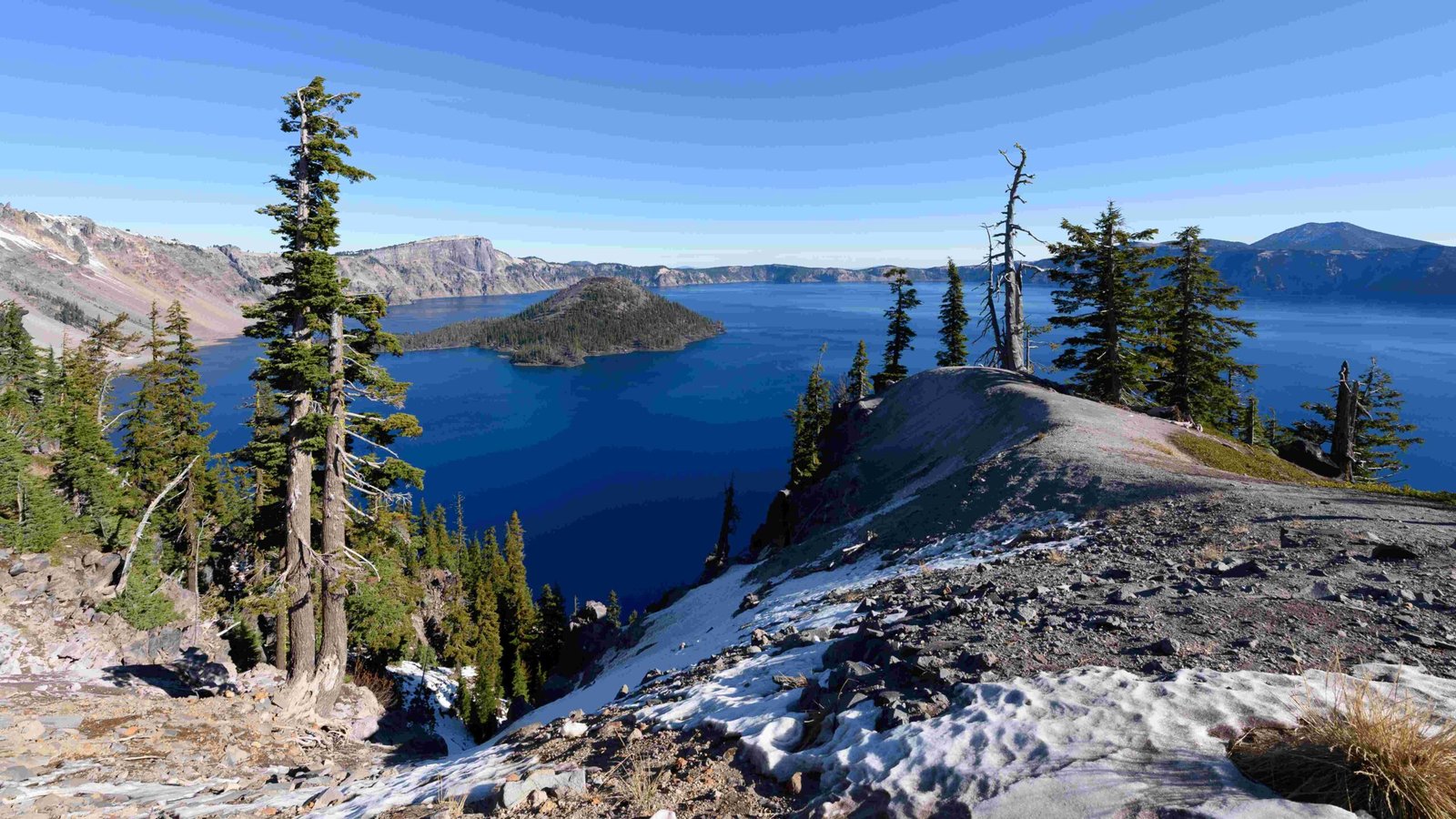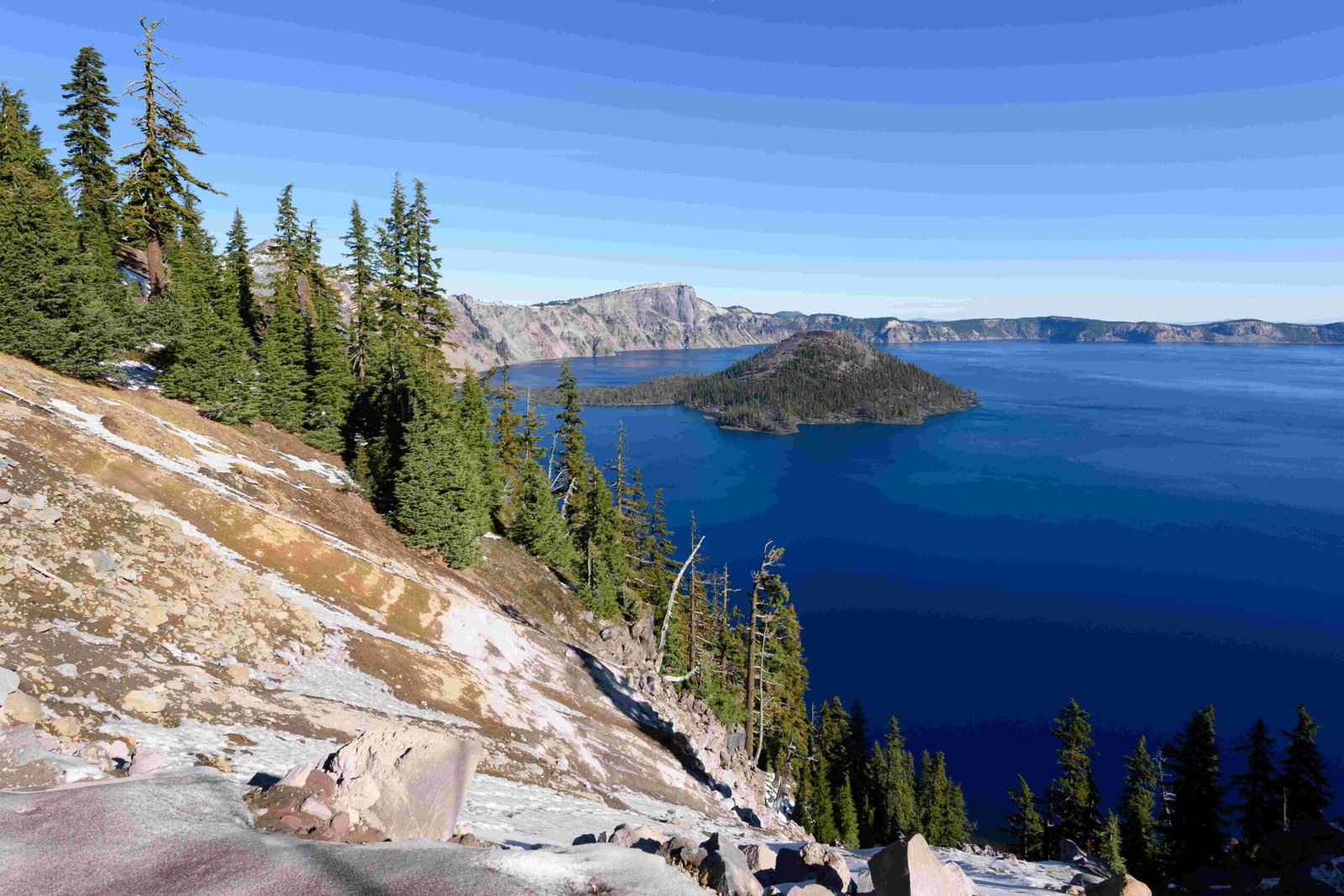Crater Lake, renowned for its pristine blue waters, is equally captivating for its unique cloud formations. The interplay between the lake’s caldera and surrounding atmospheric conditions creates a mesmerizing display of crater lake clouds. This phenomenon attracts meteorologists and nature enthusiasts alike, offering a dynamic showcase of weather patterns. From wispy cirrus to dramatic cumulonimbus, the crater lake cloud spectacle is a testament to the region’s diverse climate.
Crater Lake’s unique topography and elevation contribute to a diverse array of cloud formations. Here’s a breakdown of the most common types:
- Cirrus Clouds: These high-altitude, wispy clouds often signal approaching weather changes.
- Cumulus Clouds: Puffy, cotton-like clouds that can develop into towering cumulonimbus under the right conditions.
- Stratus Clouds: Low-lying, blanket-like clouds that can obscure the lake’s surface.
- Lenticular Clouds: Lens-shaped clouds formed by air flowing over the caldera’s rim.
How Does Elevation Affect Cloud Formation at Crater Lake?

Crater Lake’s high elevation of 6,178 feet (1,883 meters) plays a crucial role in cloud formation:
- Orographic Lifting: As air rises to pass over the caldera rim, it cools and condenses, forming clouds.
- Temperature Inversions: Cold air can become trapped in the caldera, creating a layer of clouds below warmer air.
- Microclimates: The lake’s depth and surrounding cliffs create unique local weather patterns.
When Is the Best Time to Observe Crater Lake Clouds?
The optimal time for cloud watching at Crater Lake varies with the seasons:
| Season | Cloud Characteristics | Visibility |
|---|---|---|
| Summer | Fewer clouds, occasional thunderstorms | Excellent |
| Fall | Mixed cloud types, changing weather | Good |
| Winter | Heavy cloud cover, snow clouds | Limited |
| Spring | Dynamic cloud formations, rain clouds | Variable |
How Do Seasonal Changes Impact Cloud Patterns?

Seasonal variations significantly influence crater lake cloud patterns:
- Summer (June-August):
- Clear skies with occasional cumulus clouds
-
Afternoon thunderstorms possible
-
Fall (September-November):
- Increasing cloud cover
-
Mix of high and low clouds as weather patterns shift
-
Winter (December-February):
- Persistent stratus and nimbostratus clouds
-
Frequent snowfall and limited visibility
-
Spring (March-May):
- Dynamic weather with rapidly changing cloud types
- Increasing clarity as winter storms subside
What Role Does Crater Lake Play in Local Cloud Formation?
Crater Lake’s unique geography significantly influences local cloud formation:
- Lake Effect: The large water body moderates local temperatures and increases humidity.
- Thermal Currents: Temperature differences between the lake and surrounding land create air currents that can form clouds.
- Caldera Walls: The steep caldera walls force air upwards, promoting cloud development.
How Does the Lake’s Surface Temperature Affect Cloud Development?
The lake’s surface temperature, which remains relatively stable year-round, impacts cloud formation in several ways:
- Evaporation: Warmer lake water in winter can lead to steam fog or low-lying clouds.
- Convection: Temperature differences between the lake and air can create rising air currents, forming cumulus clouds.
- Stability: The lake’s thermal mass can stabilize local air temperatures, influencing cloud persistence.
What Unique Cloud Phenomena Can Be Observed at Crater Lake?
Crater Lake’s distinctive environment gives rise to several unique cloud phenomena:
- Fog Waterfalls: Cold air cascading over the caldera rim, resembling a waterfall of clouds.
- Steam Devils: Small, tornado-like vortices of rising steam visible on cold mornings.
- Cap Clouds: Stationary clouds that appear to ‘cap’ the caldera rim.
- Mammatus Clouds: Pouch-like cloud structures often seen after severe thunderstorms.
How Do These Phenomena Enhance the Visitor Experience?
These unique cloud formations add to the allure of Crater Lake:
- Photographic Opportunities: Rare cloud phenomena provide stunning photo subjects.
- Educational Value: Visitors can learn about meteorology and local climate patterns.
- Scenic Beauty: Unusual cloud formations enhance the already breathtaking landscape.
- Seasonal Attraction: Different phenomena throughout the year encourage repeat visits.
What Safety Considerations Are Associated with Crater Lake Clouds?
While crater lake clouds are generally harmless, visitors should be aware of potential weather-related risks:
- Sudden Weather Changes: Clouds can indicate rapidly shifting conditions.
- Lightning Risks: During thunderstorms, especially in summer.
- Reduced Visibility: Low clouds or fog can make hiking and driving hazardous.
- Winter Storms: Heavy snowfall can lead to dangerous road conditions and avalanche risks.
How Can Visitors Prepare for Cloud-Related Weather Changes?
To ensure a safe and enjoyable visit, consider these preparations:
- Check Weather Forecasts: Stay informed about expected conditions.
- Dress in Layers: Be ready for temperature fluctuations.
- Bring Essential Gear: Pack rain gear, sunscreen, and appropriate footwear.
- Follow Park Guidelines: Adhere to safety warnings and closure notices.
- Allow Extra Time: Account for potential weather-related delays.
By understanding crater lake cloud patterns and phenomena, visitors can enhance their appreciation of this natural wonder while staying safe and prepared for the dynamic weather conditions that make Crater Lake a truly unique destination.
References:
1. National Park Service – Crater Lake
2. NOAA – Cloud Classifications
3. Oregon State University – Crater Lake Research
4. American Meteorological Society – Cloud Types
